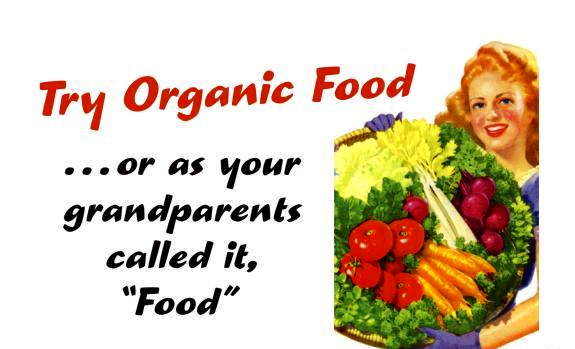I have been thinking a lot about creativity. There are so
many different ways to create—craft something by hand, doodle, write a song or
a poem, garden, design your home, cook, the possibilities are literally
limitless. Yet there are also so
many ways to consume what others have created. Consuming is so much easier, especially with so much
available at the click of a mouse, or the drop of a couple of dollars. Entertainment is cheap, and creativity
takes real work.
At least for me, the hardest part is getting started. I have asked a few wonderfully creative
people I know how they get started and find inspiration, and I’ll be sharing
their responses here over the next few weeks.
This first post is by my wonderful, talented husband, Andrew. He is extremely creative, always making something: movies, doing photoshops, and for me the hardest--writing original songs. He writes me a completely original valentines song every year! I know how hard it is, because I tried last year to write him one--really tried, and it was a complete joke. Here are some of Andrew's thoughts on creativity.
For me, creativity is a two-way street. Much of what I create, I do with the consumer of my creation in mind. Whether it's a Valentine's Day song for Ariel, a birthday photoshop for a sibling or a training module at work, it's often with the audience in mind. This audience can be as narrow as a specific person and as a broad as the Internets. I think meaningful creations should evoke emotion. When I am getting started with a big or small creative project, I ask myself the question: What emotion do I want to evoke with my creation? Love, joy, frivolity, peace, strength, nostalgia, excitement? The expected emotion then propels the craft. From there a story will swirl through an image, a melody, an idea. I try to infuse that emotion into the creation with the hope that the consumer can experience shared emotion. Though to be clear, I don't necessarily want to dictate what the consumer feels, but it helps me get started to have something that I want to project in mind.
For me, creativity is a two-way street. Much of what I create, I do with the consumer of my creation in mind. Whether it's a Valentine's Day song for Ariel, a birthday photoshop for a sibling or a training module at work, it's often with the audience in mind. This audience can be as narrow as a specific person and as a broad as the Internets. I think meaningful creations should evoke emotion. When I am getting started with a big or small creative project, I ask myself the question: What emotion do I want to evoke with my creation? Love, joy, frivolity, peace, strength, nostalgia, excitement? The expected emotion then propels the craft. From there a story will swirl through an image, a melody, an idea. I try to infuse that emotion into the creation with the hope that the consumer can experience shared emotion. Though to be clear, I don't necessarily want to dictate what the consumer feels, but it helps me get started to have something that I want to project in mind.
Creativity has great effect when the creation evokes emotion through story.
Below are some examples of his handiwork.
 |
| A birthday photoshop for a sister |
 |
| A fun Christmas card to send to colleagues at work |
Here is a fun music video we made for one of the Valentine's Day songs (making movies has turned into a fun family tradition).

































